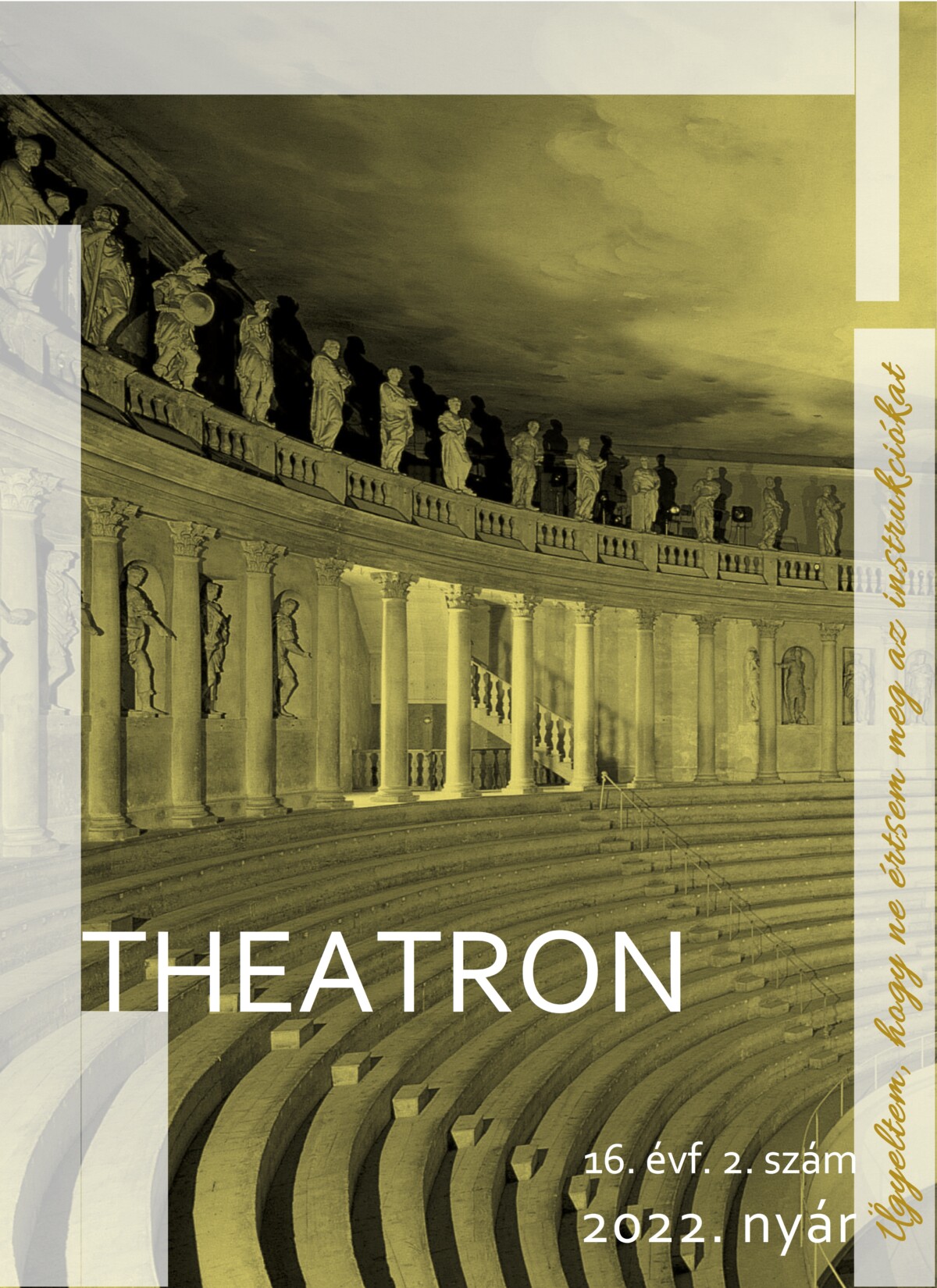Út a beteljesedéshez
On the Way to Fulfillment
The Role of the Jo-Ha-Kyū Rhythm in Traditional Japanese Nō Theatre based on Zeami Motokiyo's Shūgyoku tokka
Author(s): Dávid Sándor CsehSubject(s): Theatre, Dance, Performing Arts
Published by: Theatron Műhely Alapítvány
Keywords: nō; jo-ha-kyū; rhythm; Zeami Motokiyo; fulfillment
Summary/Abstract: Besides the work done by the actor and the technical elements of nō performance, the connection between the audience and performer is also of great importance in the writings of Zeami Motokiyo, an example being the way artists build upon the expectations, reactions, and taste of the audience. Zeami interprets the jo-ha-kyū rhythm as an essential structural and rhythmical principle in nō, which is why I analyze Shūgyoku tokka, his most informative teaching, in which he deals with jo-ha-kyū not just as a practical element of nō, but elevates it to a higher, more theoretical level. Based on the original text and translations of Tom Hare, J. Thomas Rimer, Yamazaki Masakazu, and commentary by Shelley Fenno Quinn, I examine what effect jo-ha-kyū can have on the audience – and find my answer in Zeami’s concept of fulfillment (jōju), which he deduces from jo-ha-kyū. As he connects these two concepts with the principle of interest (omoshiroki) I point to how important a role the process of recognition plays in nō. This paper is a shortened version of two chapters from the author’s doctoral dissertation: Jo-ha-kyū: Rhythm, Effect and Meaning in Traditional Japanese Nō Theatre. (Originally in Hungarian.)
Journal: Theatron színháztudományi periodika
- Issue Year: 16/2022
- Issue No: 2
- Page Range: 94-107
- Page Count: 14
- Language: Hungarian

